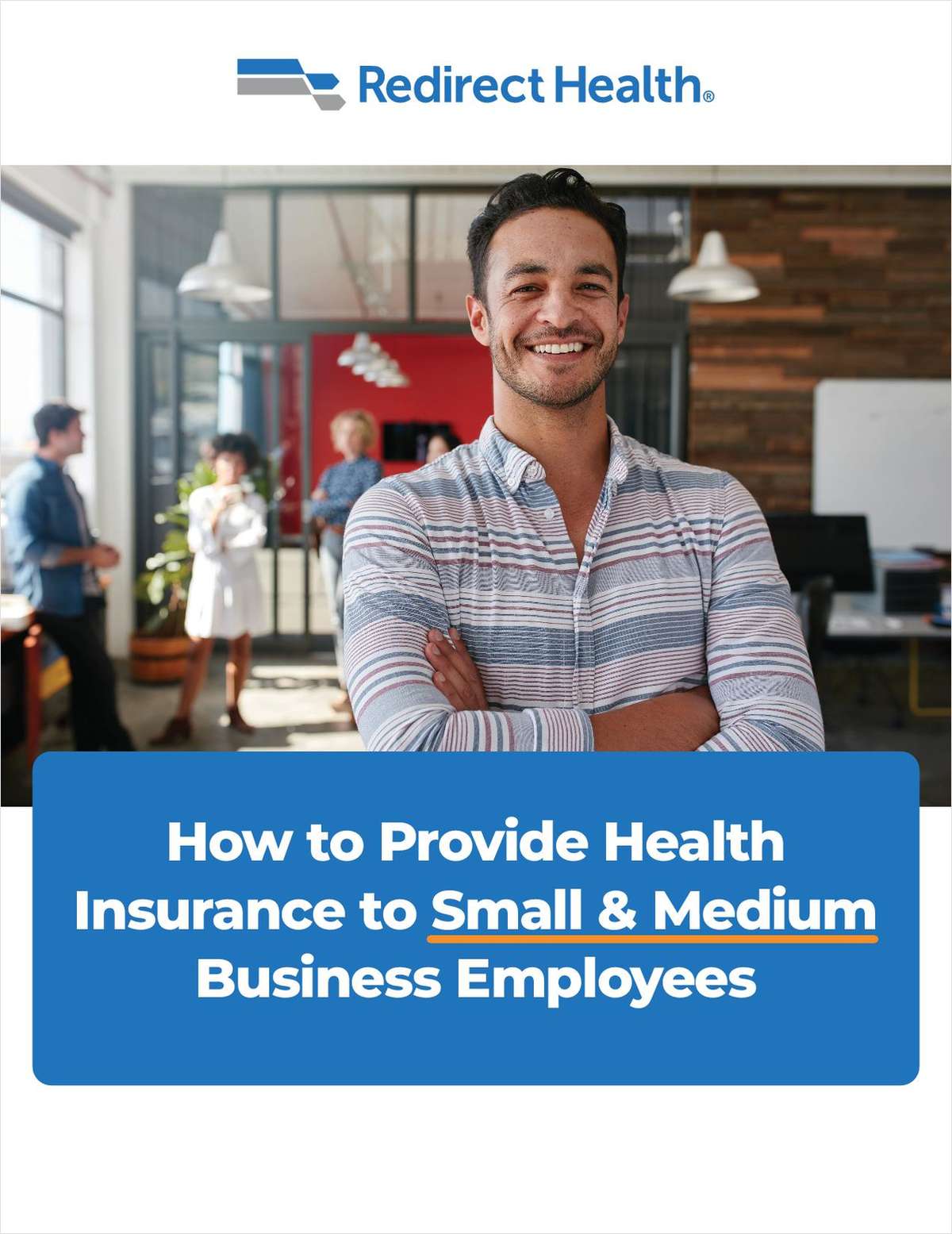Financial education for employees is a great opportunity rightnow. Why? Our nation is not well educated in financial basics. Manybaby boomers are facing up to the fact that they need to plan forretirement—or do what they can to make up for a lack of planning.Generation X is the classic sandwich generation, and thesepressures certainly have a financial element, as well as a socialone. Members of all generations have significant college loan debt.Credit card debt is another issue that saddles people in allgenerations. I usually try not to list too many statistics in thesecolumns, but here are a couple:
The average U.S. household with debt carries $15,355 in creditcard debt, according to nerdwallet.com
Nearly 40 million working-age households (45 percent) do not ownany retirement account assets, whether in an employer-sponsored401(k) type plan or an IRA, according tolaborcenter.berkeley.edu.
Financial wellness is a valid workplace benefit for severalreasons. Financial stress is a root cause of lost time at work.Employees who are worried about their finances are more likely toturn to alcohol or drugs. Workplace and family violence may also bedriven by financial woes. Today's employers realize they need tosupport financial education and wellness just as much as theysupport physical wellness through benefit programs.
Solutions include employee financial education via multiplechannels. Group classes and webinars can be offered to employeesand their family members. These can be followed up by personalcounseling sessions. There are also many good online educationresources. Some employees may have already become so stressed thatthey need mental health counseling as well as financialsolutions—that's where the services of an Employee AssistanceProgram can help.
Providing financial wellness programs to employees can alsoprovide big pluses to benefit marketers. One value is engagementand contact with spouses and partners, which can increase interestin voluntary benefits programs, many of which have family membereligibility. Another benefit is engagement of millennial workers.Millennials are adopting traditional insured benefit products moreslowly than previous generations, but they have a higher percentageof college loan debt than preceding generations, and the recessionof 2008-2009 made them interested in financial security.
Continue Reading for Free
Register and gain access to:
- Breaking benefits news and analysis, on-site and via our newsletters and custom alerts
- Educational webcasts, white papers, and ebooks from industry thought leaders
- Critical converage of the property casualty insurance and financial advisory markets on our other ALM sites, PropertyCasualty360 and ThinkAdvisor
Already have an account? Sign In Now
© 2024 ALM Global, LLC, All Rights Reserved. Request academic re-use from www.copyright.com. All other uses, submit a request to [email protected]. For more information visit Asset & Logo Licensing.








